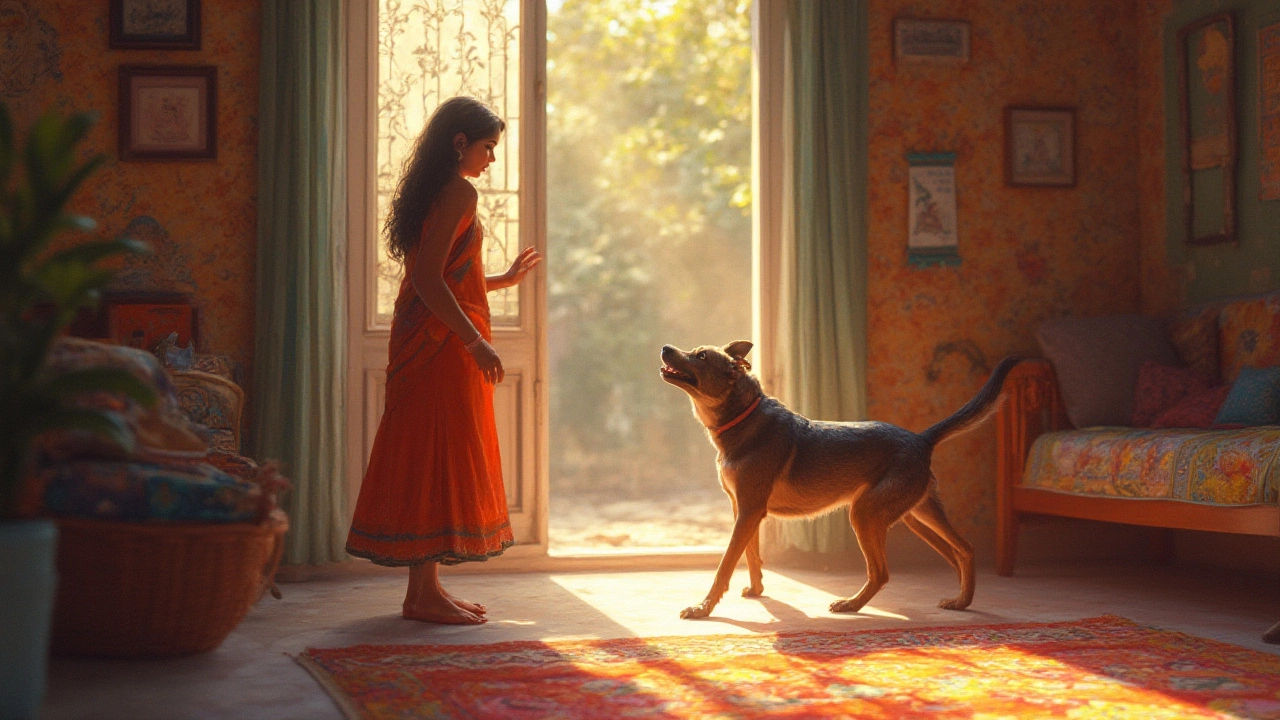Dog Body Language: Read Your Pup’s Signals Fast
Ever wonder what your dog’s wagging tail or tilted head really means? You don’t need a degree in animal behavior to get the basics. In the next few minutes you’ll pick up the most common signals and know when to act.
Core Signals You’ll See Every Day
Tail position is the first giveaway. A high, stiff tail usually means confidence or alertness, while a low, tucked tail signals fear or submission. If the tail is wagging fast and low, the dog is often excited but not necessarily friendly—think of a nervous puppy.
Ears tell a story too. Ears forward and perked up show interest or curiosity. When they’re flattened back against the head, the dog is likely scared or trying to avoid a conflict.
Eyes can be soft or hard. A relaxed gaze with soft eyebrows means calm, whereas a hard stare, especially with a direct stare, can be a challenge. Averted eyes usually indicate uncertainty or appeasement.
Body posture matters a lot. A relaxed body with a slightly lowered front end suggests the dog is comfortable. A stiff, upright stance, chest out, often signals a warning. If the dog rolls onto their side or back, it’s a sign of trust, not submission.
What Those Signals Mean for You
Now that you can spot the cues, use them to shape your interaction. When you see a dog with a wagging, low tail and relaxed ears, it’s a good time to approach gently and offer a treat. If the ears are back and the tail is tucked, give the dog space and let them come to you when they’re ready.
Pay attention during walks. A dog that pulls forward with its head up is scouting, while a dog that drags its rear or walks slowly may be dealing with pain or an injury. Adjust the pace or check the paws if needed.
Training works better when you respect the body language. If a puppy shows signs of stress—wide eyes, yawning, lip licking—pause the session. A short break helps the pup reset and learn more effectively.
Socializing with other dogs also follows the same rules. When two dogs meet, watch for a “play bow” (front legs down, rear end up). That’s an invitation to have fun. A stiff stance with a direct stare means a potential clash—keep them apart.
Remember, every dog is an individual. Your terrier may wag its tail high when excited, while a husky might keep a low wag. Use the cues as a guide, not an absolute rule.
Bottom line: watch the tail, ears, eyes, and posture, then match your response. The more you practice, the quicker you’ll read the signals, and the stronger your bond will become.

Why Do Dogs Stretch When They See You? The Surprising Reasons Behind This Adorable Behavior
Curious why dogs love to stretch when you walk in? Discover the science, psychology, and facts behind this cute, common canine greeting.
read more


